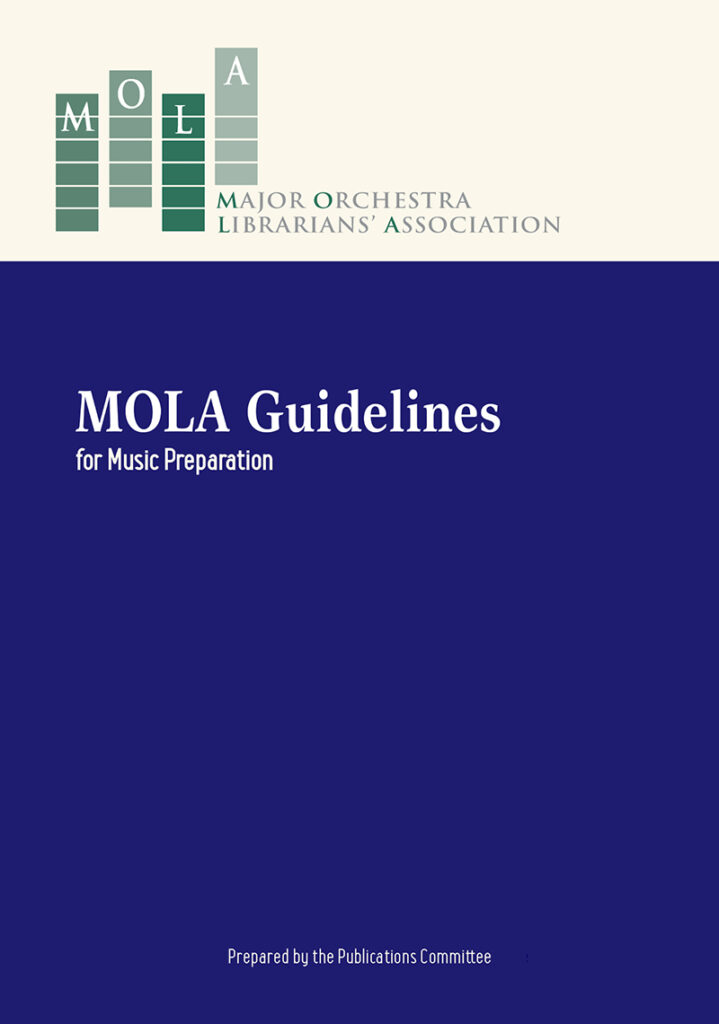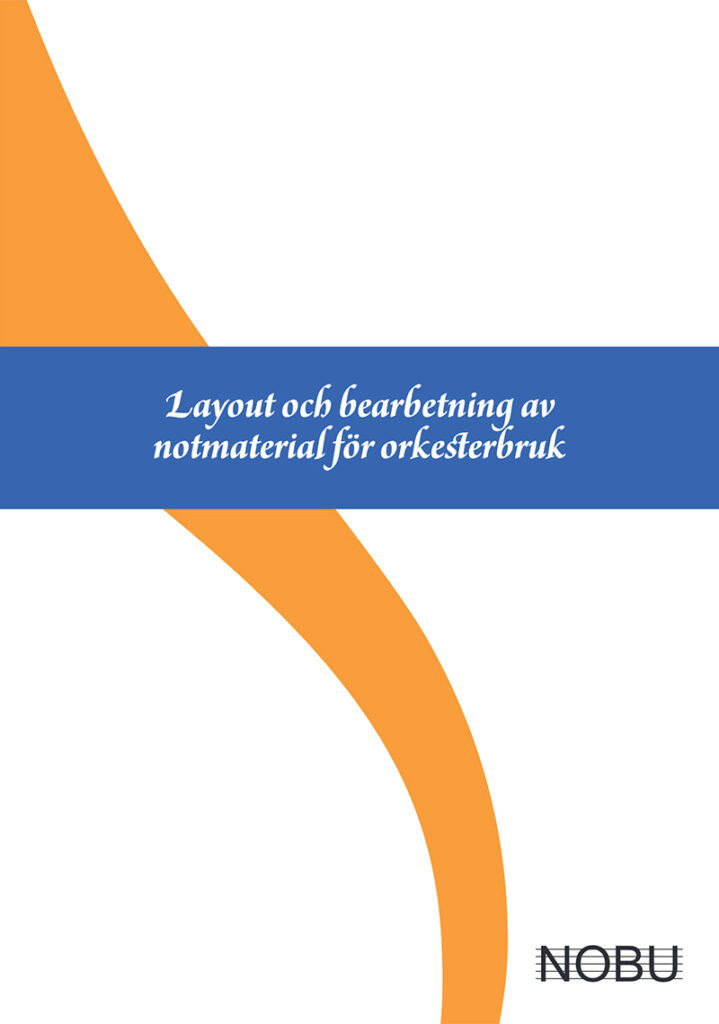This morning, I made the short drive to a nearby mountain to go for a morning walk with the dog. I had checked the weather regularly for the past few days, and it was consistently promising cool, sunny weather.
What I did not expect, however, was for yesterday (Wednesday) to offer a full day of snowfall, with the temperature dropping during the day to below freezing sometime in the afternoon. This meant that I and the dog woke up this morning to a crisp winter wonderland. Not necessarily what you would like to see the most in April, but two months ago, or even one month ago, it would have been unequivocally perfect. A couple degrees below freezing, bright blue skies, little to no wind, and to top it all off we had the trail to ourselves.

Most of the walk itself was a pleasant enough jaunt, but some sections were a bit more perilous due to, in some cases, ice-coated rock faces and, in others, unexpectedly deep pockets of snow with a crust on top that could carry the dog’s 15 kilograms but was too brittle for me and my somewhat more…weighty person.
Back home, I am in the process of finishing the score and parts for the all-new orchestral piece for Octava Chamber Orchestra, which they will premiere in Seattle this summer. If you happen to be in the area, put down June 29th in your calendar! You can read more about this one and Octava’s other upcoming concerts at their website. (In fact, they will perform this coming Sunday, with this week’s programme including Joaquín Rodrigo’s guitar concerto Fantasía para un gentilhombre.
The importance of well-organised and properly assembled score and parts material cannot be understated! That is, after all, the main point of contact between your musical idea and the interpreters – the performers – and the better your material is, the better chance you will have of a good performance.
I would even argue that a subjectively lesser piece of music, presented to the musicians with objectively better material, will be received better than a composition that might be subjectively better, but is rendered haphazardly or inappropriately in print. You as the composer (or whomever is responsible for producing your materials) can either make the performers’ job more or less difficult depending on how well-produced your score and parts are and there are various considerations to consider, of varying importance.
Principally, it is important simply to understand the importance of well-made materials, and not view it as a kind of necessary evil or something you can get away with spending the least amount of time possible on and calling it a day. Scorewriting programmes such as Dorico, MuseScore Studio, Sibelius and Finale ostensibly make preparation easier, but that ease of use can also allow us to be too lazy or in some cases even unable to do the job properly. This can be due to things like poorly designed user interfaces or a lack of necessary features and functions.

Looking at professionally set scores and parts can be useful as a visual reference for what musical material should look like. Plenty of older material is freely available from invaluable online sources such as IMSLP. There are also concise PDF guides available from reputable authors like the Major Orchestra Librarians’ Association. MOLA is an international organisation that includes libraries from symphony orchestras, operas and ballet companies, and others all over the world.
MOLA’s brief but informative guide, which you can download for free from their website, touches on some of the most important bullet points when preparing musical materials. Even if you’re only going to send a PDF to prospective performers, or self-publishing online such as on your website, it is important to follow best practices to the best of your ability.
If nothing else, it is valuable practice for when the time comes that you are required to follow these guidelines. Also, when someone looks at a score or part from your piece, if it looks like a piece rendered by a professional, they will treat it as such. Again, it has no relation to any qualities the actual piece of music may or may not have.

For Swedish composers and music copyists, I have come across a delightful PDF guide to material preparation originally compiled by Finnish-speaking authors, but translated into Swedish by Sebastian Djupsjöbacka, music librarian at the Finnish Radio Symphony Orchestra and secretary for the Association of Nordic Orchestra Libraries, NOBU.
Just like the one from MOLA, this one is also available to download for free from NOBU’s website. It is more in-depth than the other guide, so it comes highly recommended if you understand Swedish.

Djupsjöbacka writes in the preface to the Swedish version (my translation): “[…] a recurring theme [among orchestral librarians] is problems with new scores not meeting our quality standards […] I am convinced that this is not malicious, but rather, in my experience, due to a combination of a lack of both time and competence. Time is unfortunately not something our organisation can offer, but spreading knowledge about how to make good orchestral scores is doubtlessly one of NOBU’s goals. Therefore, it is a great pleasure for me to present this guide.”
Hardcore music nerds like myself will also get many hours of enjoyment out of specialist music editor Elaine Gould’s unparalleled notation reference book with the witty name, Behind Bars. Quoting Simon Rattle about the book: “It is an extraordinary achievement, and if used by the next generation of composers and copyists will be a blessing for hard-working and long-suffering performers everywhere!”
Rattle’s comment is certainly meant as high praise for Gould’s book, but it also goes right back to my point: Performers value well-made performance materials – and so should you.

